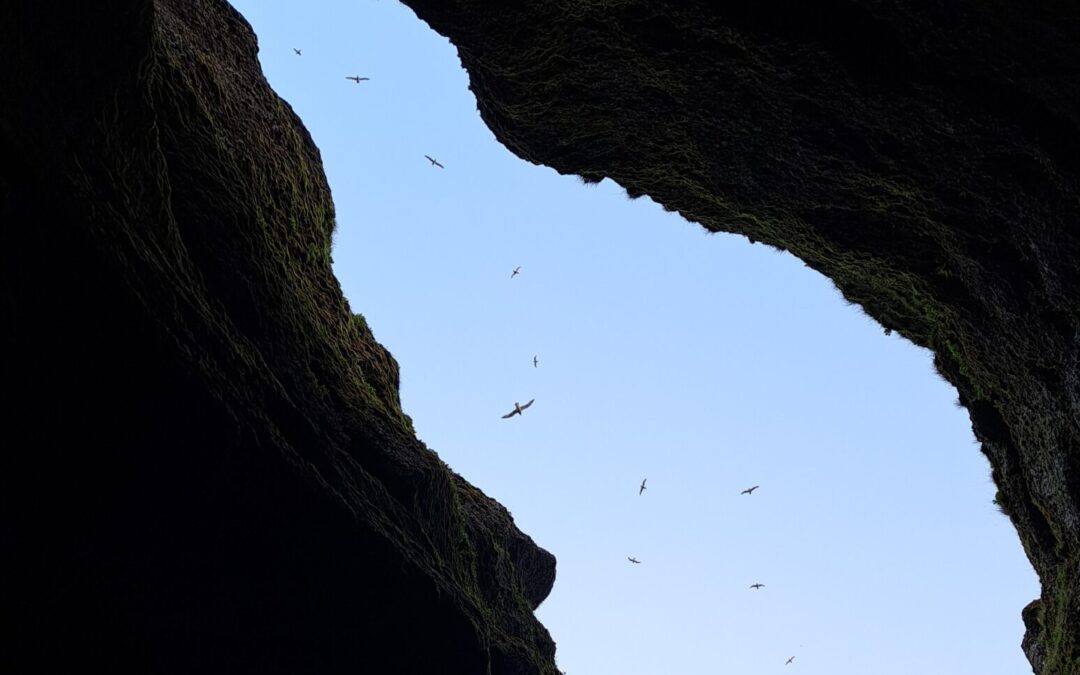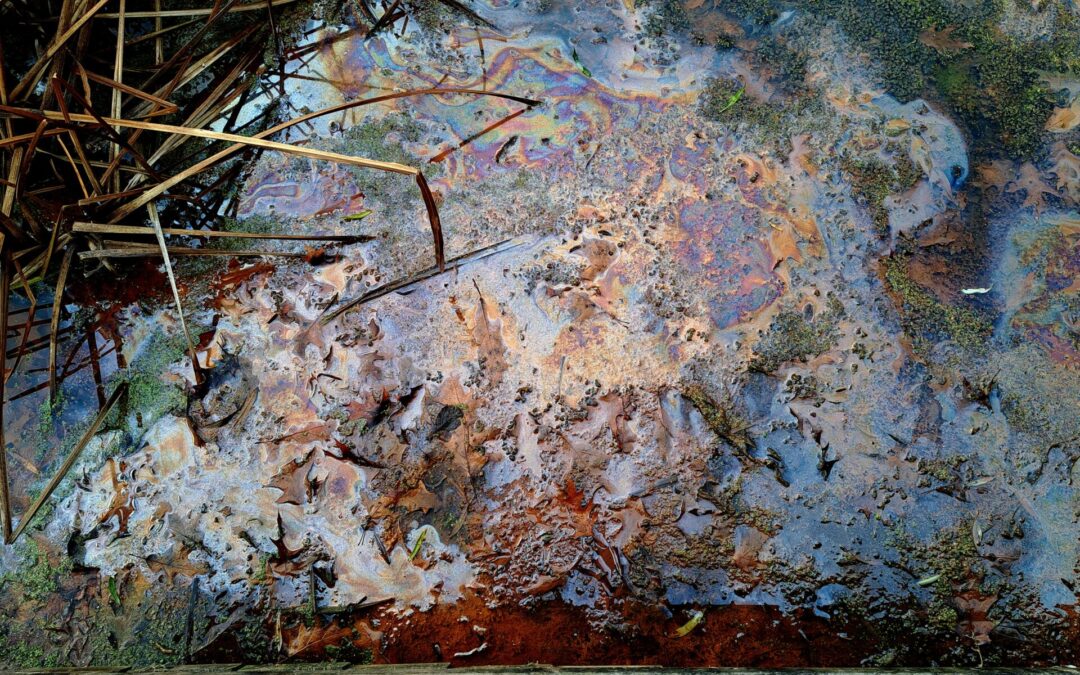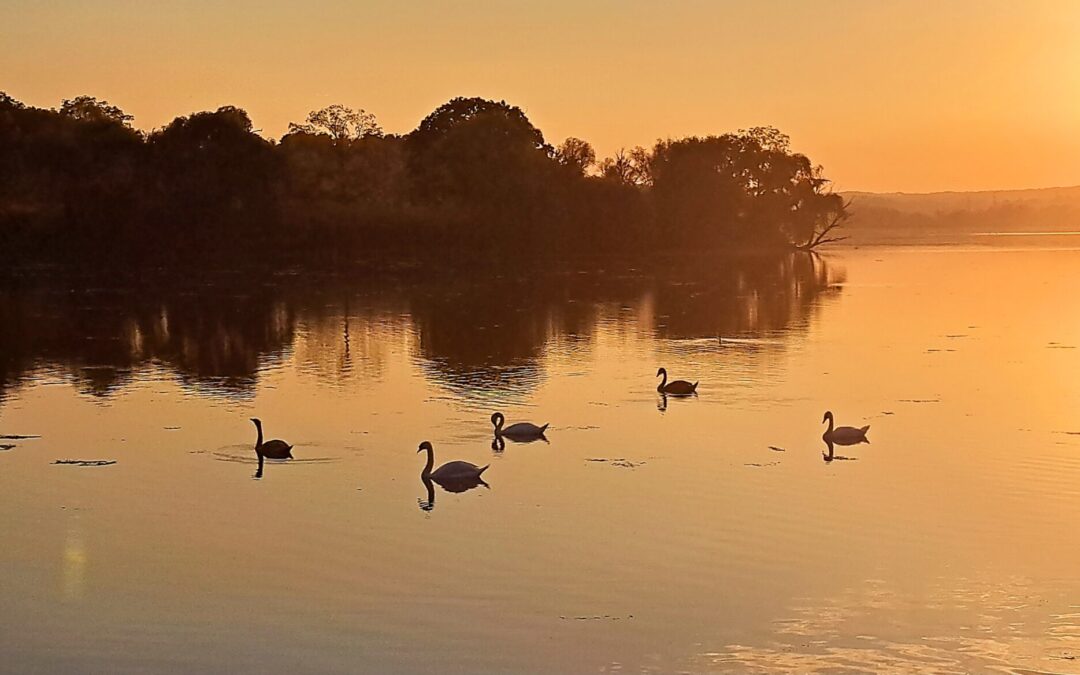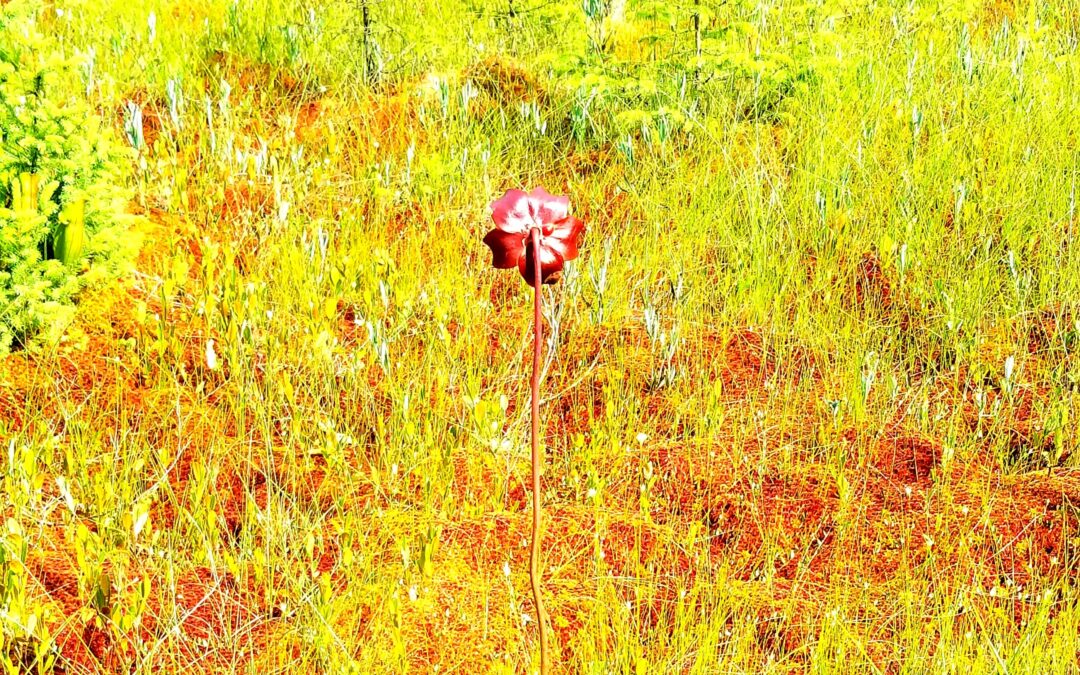Nonduality is about the powerful simplicity of unity. When we talk about nonduality, we are not just talking about connectedness between things, we are talking about a deeper order of reality than what we normally perceive – a reality where things are actually of one essence. We don’t need to name this essence (though we do) or make it heavy with religious or philosophical concepts (though we have). It is hard to describe because it is more of an experience than an idea. For many of us, we can come closest to relating to a sense of nonduality when we remember the feeling space of those rare moments in life where we may have experienced a softening of our outer shell and a merging with the world around us – perhaps a still and silent moment in nature, the perfect unity of a loving embrace, or a transcendental insight in meditation or prayer. All these things point to a reduction in the projection of our separate selves and a touch of the eternal that lives somewhere beneath our surface.
When an individual experiences nonduality, there is a joining and therefore a healing in some way. It is like taking a drink from the well of our source. The complete and permanent experience of nonduality by a person is what is called enlightenment or self-realization. It is a resting in that source. It is the space experienced by mystics from time immemorial, where subject and object unite, time and space become meaningless, and life dissolves into an awareness and experience of the divine impersonal Self – which remains as all that is. And though this may be what our spiritual traditions point to as an ultimate goal, any person can take a dip in this source – wherever they might be in their path. And inevitably, this will be a healing experience. Specifically, as the word nonduality indicates, reality is not two. It is not multiplicity. It is the primal reality that remains when all distinctions have been transcended. Nonduality is the divine ground of being that is left when you take every other idea away. It is beyond all conceptualizations. It is a priori to the body and the mind.
The classic example that has been given to explain nonduality in the Hindu tradition is the ‘rope and snake’ analogy. Traditionally, the example goes something like this: you see a snake in front of your path, and you stop out of fear. At some point, your vision clarifies and you realize that the snake is in fact just a length of rope. Then, you laugh at your previous fear which came from your ignorance of the true nature of the object in front of you. Now that you see reality, you can joyfully advance and never again will you be able to look at this rope and believe that it is a snake – your perspective has permanently been altered by your new wisdom.
In this analogy, the snake is our common perception of the world. It is the universe of appearances that most of us wake up to every day. We have fear in this world because we believe that this common perception is real. From this springs all of our suffering – from the slightest anxiety to the deepest neurosis. However, at some point we may recognize that the world as we had all previously known it – the ‘consensus reality’ of appearance and form is nothing more than an illusion: it does not exist except in our mind. We can now see what truly is: one essence that is the real nature of all things. Our fear is gone forever, and with it our suffering.
As far as the nondual traditions are concerned, this little story sums up the entire process of our learning and the only point of life – the apperception of reality. In the Western tradition of healing we too seek out the perception of reality. We constantly seek to strip away illusions of projection, unnecessary defence mechanisms, and the veils of past trauma that prevent us from experiencing life to its fullest. And as the field of psychology has grown over the last century, we have peeled away more and more layers of limitation from the self, revealing a richer core than we had initially imagined. Increasingly, we are recognizing that the goal is not just normalcy and social integration, but excellence and the achievement of our potential. As we continue to strip away illusions, we are coming to see the nondual as the landmark of the deepest self, and we are starting to tap its potential for healing both the mind and soul.
Transpersonal psychology, particularly as expressed by this field’s main proponent, Ken Wilber, sees life as an evolution from lower to more advanced degrees of consciousness. And even if we are not convinced of Darwinian, biological evolution in the traditional sense, it is clear at least that consciousness evolves – whether in the course of a lifetime (as per developmental stages) or humanity over the course of history (a movement towards more unified and expansive states of being).
In this illustration

(Wilber, p. 127, 1996)
note that the evolution is expressed as this motion towards spirit, and that (though this is not marked in the version of this image I found online) the nondual is expressed as the space in which everything has occurred (so in this diagram, the nondual is all around the whole ladder). “Strictly speaking,” writes Wilber, nondualism is “not one level among others, but the reality, condition or suchness of all levels” (Wilber et al., 1986, p. 74). Because of this ubiquity of the nondual, it acts as a universal reference point for healing and psychological growth.
![]()




